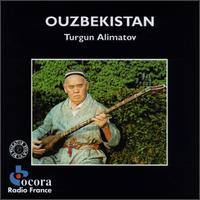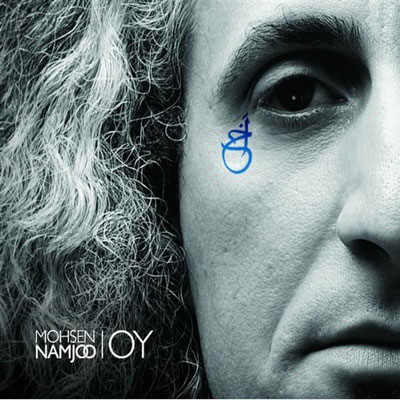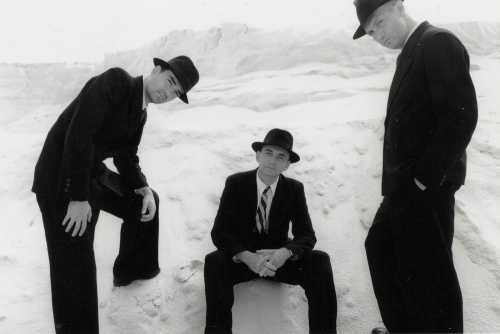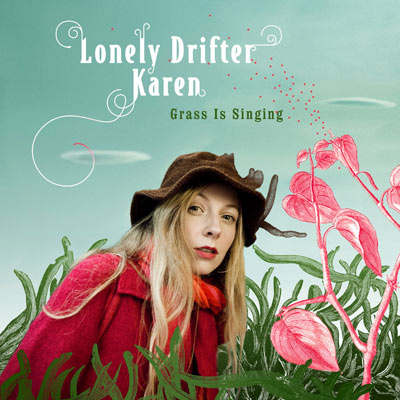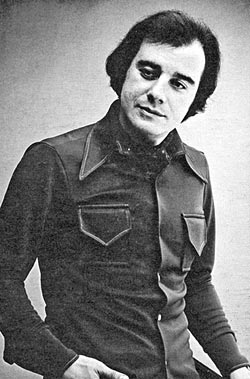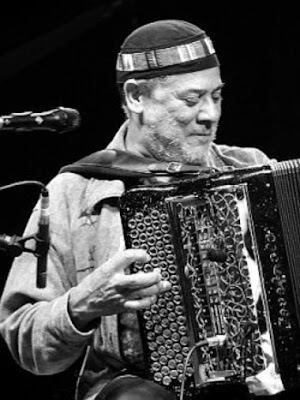
The classical music of North India is an uplifting and extraordinary music, dating back thousands of years. Maestro Ali Akbar Khan was one of the most accomplished Indian classical musicians. Considered a "National Treasure" in India, he is admired by both Eastern and Western musicians for his brilliant compositions and his mastery of the sarode (a beautiful, 25-stringed Indian instrument). Concert violinist the late Lord Yehudi Menuhin called Ali Akbar Khan, "An absolute genius...the greatest musician in the world," and many have considered him the "Indian Johann Sebastian Bach."
Ali Akbar Khan's father, the late Acharya Baba Allauddin Khan, is acknowledged as the greatest figure in North Indian music of the 20th century. Their family traces its gharana (ancestral tradition) from Mian Tansen, a 16th century musical genius and court musician of Emperor Akbar, to Mohammed Wazir Khan, court musician of Rampur State and Baba Allauddin Khan’s guru.
Born in 1922 in East Bengal, Bangladesh, Ali Akbar Khan (Khansahib) began his studies in music at the age of three. He studied vocal music from his father and drums from his uncle, Fakir Aftabuddin. His father also trained him on several other instruments, but decided finally that he must concentrate on the sarode and on vocal. For over twenty years, he trained and practiced 18 hours a day. After that he continued to study with his father until he was over 100 years old. Baba Allauddin Khan left behind such a wealth of material that Khansahib felt he was always learning new things from it.
Ali Akbar Khan gave his first public performance in Allahabad at the age of thirteen. In his early twenties, he made his first recording in Lucknow for the HMV label, and the next year, he became the court musician to the Maharaja of Jodhpur. He worked there for seven years until the Maharaja’s untimely death. The state of Jodhpur bestowed upon him his first title, that of Ustad, or Master Musician. Many years later, he received the title of Hathi Saropao and Dowari Tajeem at the Jodhpur Palace’s Golden Jubilee Celebration in 1993.
At the request of Lord Menuhin, Ali Akbar Khan first visited the United States in 1955 and performed an unprecedented concert at the Museum of Modern Art in New York. He also made the first Western LP recording of Indian classical music, and the first television performance of Indian music, on Allistair Cooke's Omnibus, sowing the seed for the wave of popularity of Indian music in the 1960's.
Khansahib founded the Ali Akbar College of Music in Kolkata, India, in 1956. Later, recognizing the extraordinary interest and abilities of his Western students, he began teaching in America in 1965. By 1967, he had founded the Ali Akbar College of Music, which moved to Marin County, California, the following year. In 1983, Khansahib opened a branch of his college in Basel, Switzerland, That is run by his disciple Ken Zuckerman.
Throughout his career, Khansahib composed and recorded music for films. He composed extensively in India beginning with “Aandhiyan” by Chetan Anand (1953) and went on to create music for “House Holder” by Ivory/Merchant (their first joint film), “Khudita Pashan” (or “Hungry Stone”) for which he won the “Best Musician of the Year” award, “Devi” by Satyajit Ray, and “Little Buddha” by Bernardo Bertolucci, to name a few.
1997 was a landmark year for Ali Akbar Khan. In February, he was the second recipient to receive the Asian Paints Shiromani Award - Hall of Fame, following filmmaker Satyajit Ray. In August, the Indian Embassy requested Khansahib to perform at the United Nations in New York and at Kennedy Center in Washington DC; both performances were in celebration of the 50th year of India’s Independence. In September, Ali Akbar Khan was chosen to receive the prestigious National Heritage Fellowship from the National Endowment for the Arts. First Lady, Mrs. Hillary Clinton presented it to him at a ceremony in the White House.
When Ali Akbar Khan first received the title of Ustad as a relatively young man, his father merely laughed. But later, when the patriarch was a centenarian, he told his son one day that he was very proud of him; "I am so pleased with your work in music that I will do something which is very rare. As your Guru and father, I am giving you a title, Swara Samrat (Emperor of Melody)." Khansahib felt most fortunate to have received this blessing from his father, mother, and uncle.
http://www.aacm.org/

